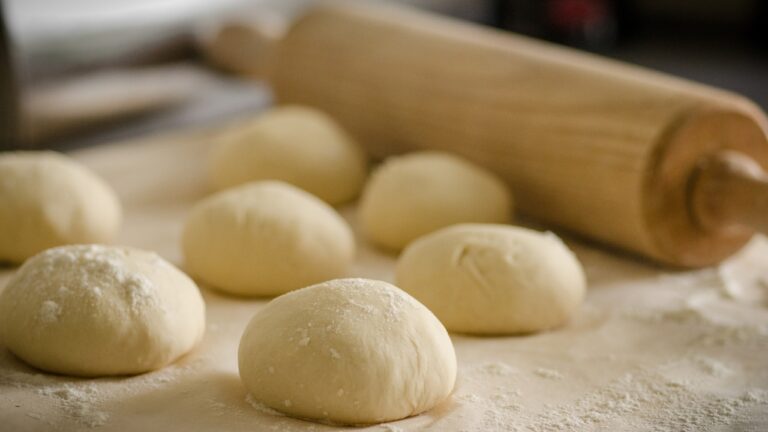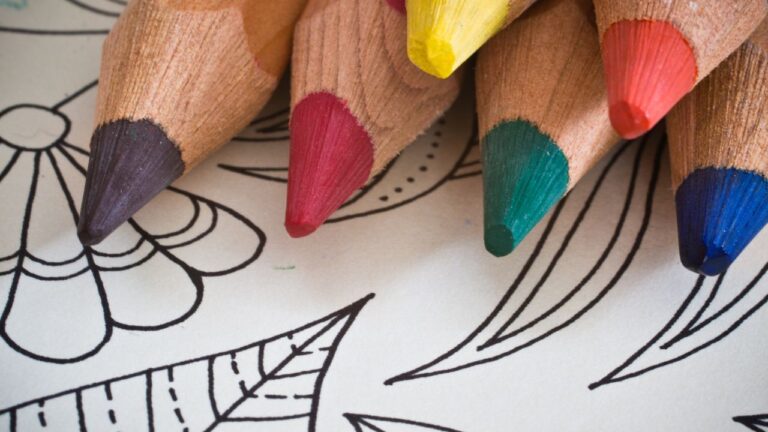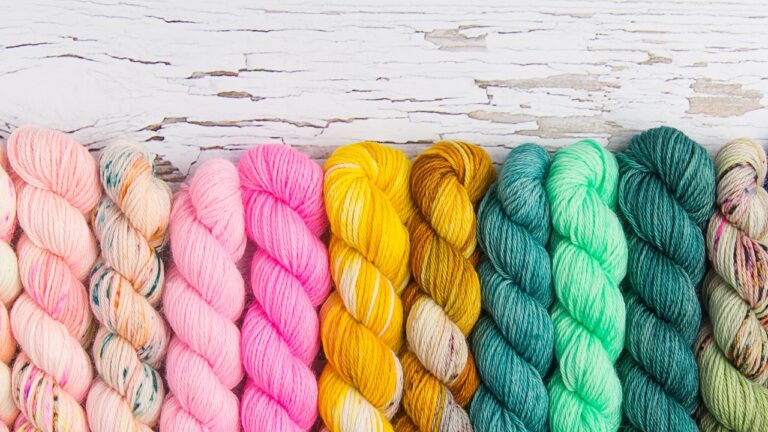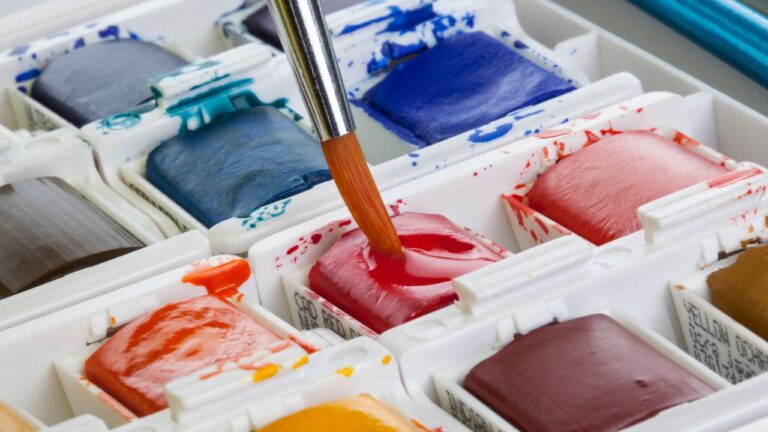10 Best Watercolor Paper For 2025
Welcome, fellow watercolor artists! We have a list of the best watercolor paper to use. If you’ve ever found yourself wanting to know more about watercolor painting, you know that selecting the right paper is key.
In this list, we’re showing you the top selling watercolor papers that stand out in terms of quality and performance.
Whether you’re a seasoned artist or just starting on your creative journey, having the right paper is very important for the final result.
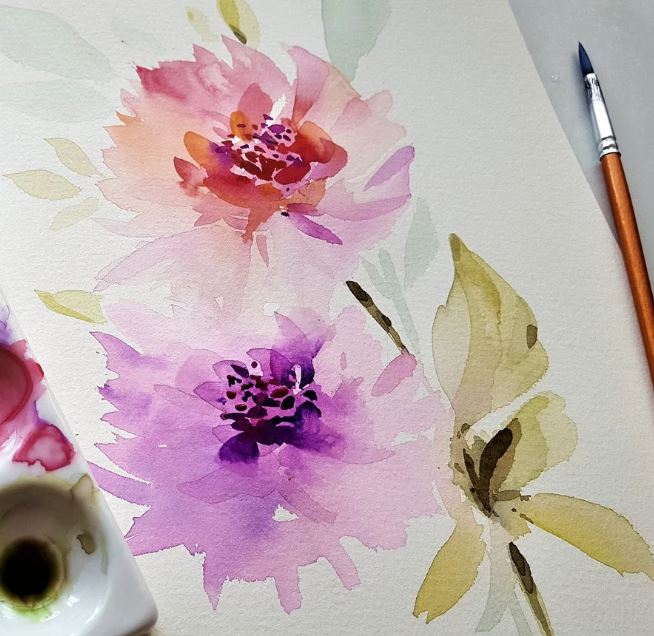
It’s about understanding the characteristics that complement your painting style and the nuances of each paper brand.
So, grab your brushes, set up your palette, and let’s embark on a colorful exploration of the finest watercolor papers available to paint on!
BEST WATERCOLOR PAPERS
1. Arches Watercolor Block 10×14 Inch
2. Winsor & Newton Professional Block
3. Bee Paper Company 100% Cotton Watercolor Paper
4. TaoBary 300 Pcs Watercolor Paper Sheet Bulk
5. Canson XL Series
6. Bliss Cotton Handmade Paper
7. paper maker Custom Watercolor Paper
8. Elizabeth Wade Studio
9. Arches Watercolor Block [Rough]
10. Arches Watercolor Block 16×20 inch
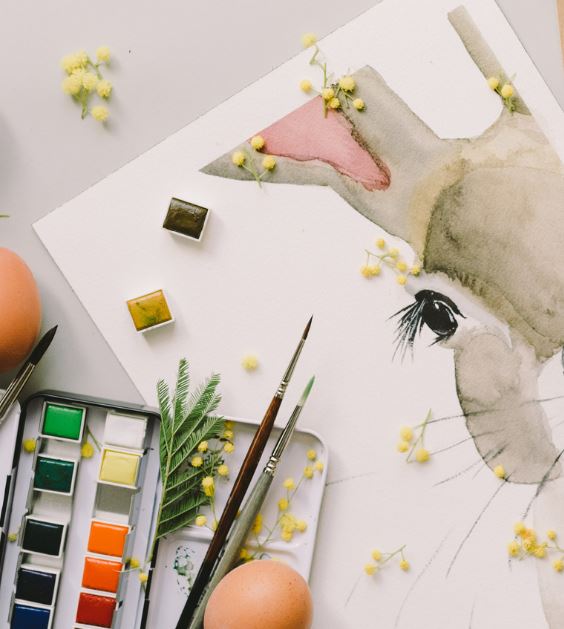
FAQ’s About Choosing Watercolor Paper
1. What is the significance of paper weight in watercolor painting?
Heavier weights, measured in pounds or grams per square meter (GSM), offer better resistance to buckling and warping when saturated with water, providing a stable surface for your artwork.
2. How does paper texture impact the final result of a watercolor painting?
Paper texture influences the appearance of your artwork. Rough surfaces create pronounced textures, while smoother textures are ideal for detailed work.
Choosing the right texture ensures that your paper enhances, rather than detracts from, the overall aesthetic of your artwork.
3. What is the difference between hot-pressed and cold-pressed watercolor paper?
Hot-pressed paper is smooth, making it ideal for intricate details and controlled washes.
Cold-pressed paper, with a textured surface, adds character and depth to your paintings.
The choice between the two depends on your preferred painting style and the effect you wish to achieve.
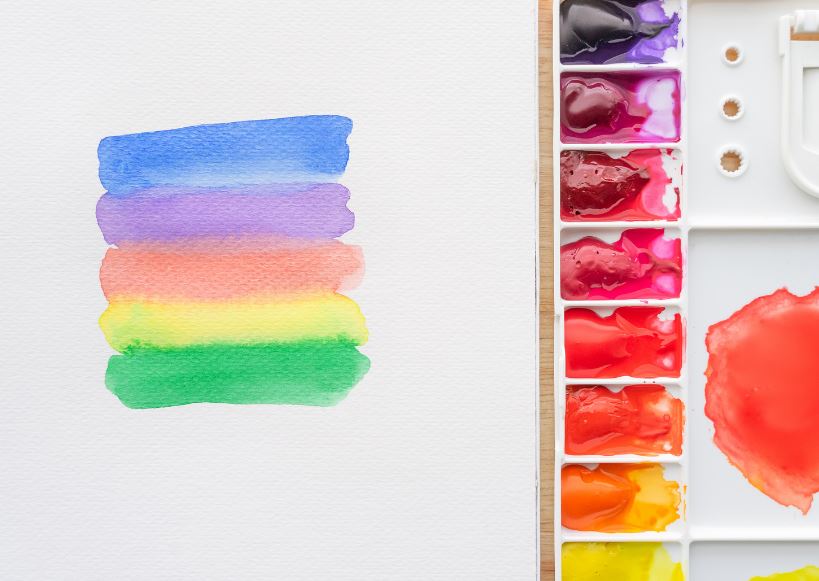
4. How does paper absorbency affect watercolor painting outcomes?
The absorbency of watercolor paper determines how quickly or slowly the paint is absorbed into the fibers.
Highly absorbent papers allow for more control and layering, while less absorbent options are preferable for vibrant, transparent washes.
Understanding absorbency helps tailor your paper choice to your painting techniques.
5. Is it necessary to stretch watercolor paper before painting?
Stretching is recommended to prevent warping. This process involves wetting and securing the paper to a rigid surface before painting.
While some papers are pre-stretched or designed to minimize warping, stretching ensures a flat working surface and can be essential for large or heavily layered artworks.
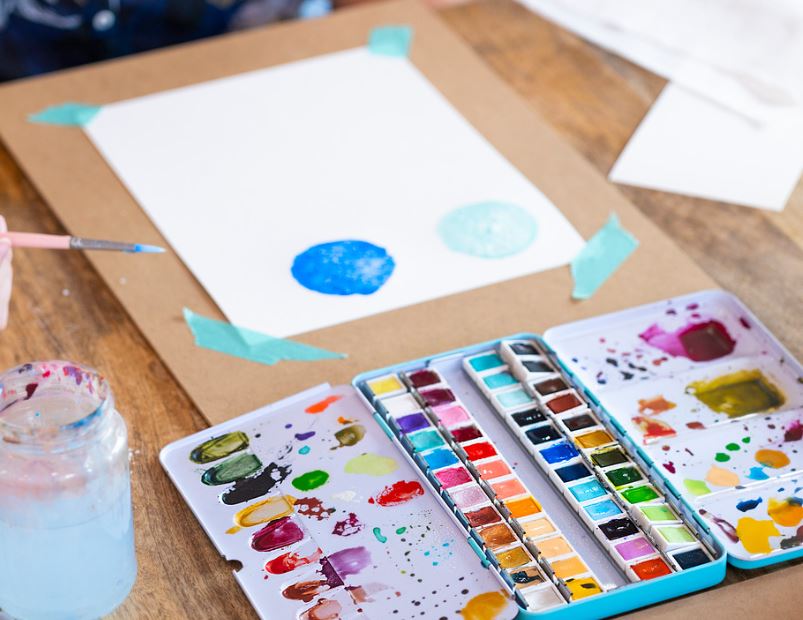
Tips For Choosing Watercolor Paper
1. Consider Paper Weight for Stability:
When selecting watercolor paper, pay attention to its weight, measured in pounds or grams per square meter (GSM).
Heavier weights resist buckling and warping, providing a stable surface for your watercolor creations.
2. Explore Different Textures for Varied Effects:
Experiment with the texture to get the desired effect in your artwork. You might prefer one type for using watercolor paints, and another for using watercolor pencils.
Rough textures add depth and character, while smoother textures are suitable for intricate details.
Choose a texture that complements your artistic style and vision.
3. Understand the Hot-Pressed vs. Cold-Pressed Distinction:
Differentiate between hot-pressed and cold-pressed. Hot-pressed paper has a smooth surface, ideal for detailed work, while cold-pressed paper has a textured surface that adds a more organic feel.
Your choice depends on the style and details you aim to capture in your painting.
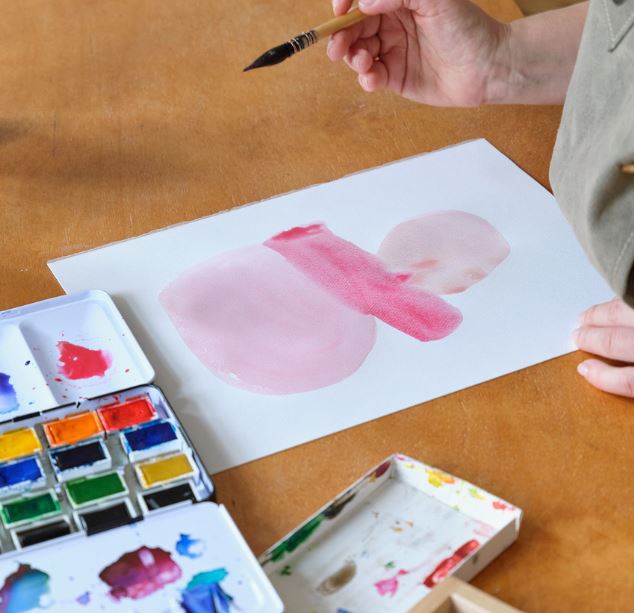
4. Tailor Absorbency to Your Painting Technique:
Assess the absorbency of watercolor paper to match it with your painting technique.
Highly absorbent papers provide control and layering opportunities, while less absorbent options are better suited for achieving vibrant, transparent washes.
5. Consider Stretching for Large Artworks:
If you plan to create large or heavily layered artworks, consider stretching the paper before painting.
While some papers are pre-stretched or designed to minimize warping, stretching ensures a flat working surface and prevents distortion during the painting process.
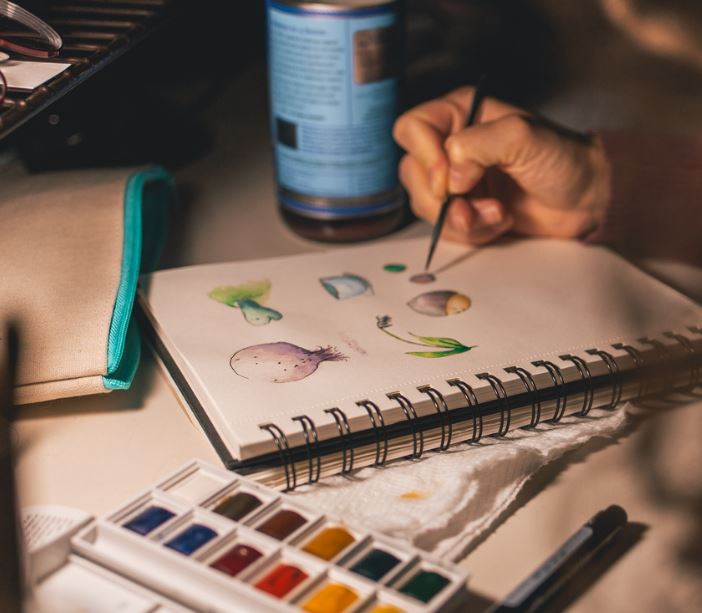
In Closing: Thank you for joining us on this journey through the world of watercolor papers!
Selecting the right paper and also watercolor paints is a crucial step toward creating masterpieces that reflect your unique style and vision. You can also use it for journals too since they can be inserted into a junk journal or smash book.
If you are into coloring, then watercolor paper can be used for printable coloring pages.
As you embark on your artistic ventures, may your strokes be fluid, your colors vibrant, and your creativity boundless.
Remember, the joy of watercolor lies not just in the brushstrokes but also in the choice of a canvas that complements your artistic expression.
Here’s to countless hours of inspired painting on the best watercolor paper for you. Happy creating!

